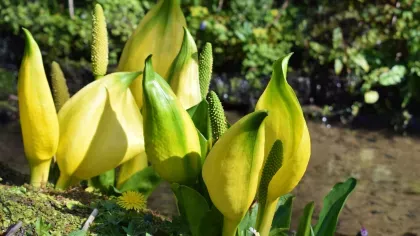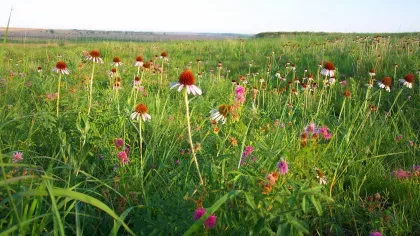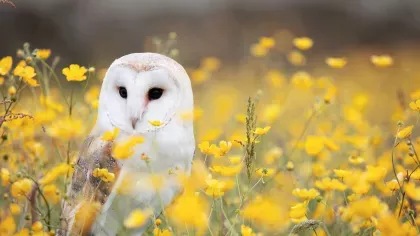28 May 2020
Nature’s sacred patterns
Living collections and conservation manager, Iain Parkinson, tells us about patterns in nature and the wild beauty that is Wakehurst.

Patterns creep into the very essence of Wakehurst, our wild botanic garden.
Symmetries, curves, spirals, meanders, cracks, stripes, and more, fuse together in a powerful expression of natural beauty.
Patterns in nature have a language all of their own – at Wakehurst they find their voice in a yew tree's sprawling roots, the lattice effect on the skeleton of magnolia leaves, and the ripples in one of our ponds or lakes caused by a fallen acorn.

Often the patterns we see are familiar because they’re imprinted on our collective memory – the spots on a ladybird, or the stripes of a bumblebee.
But sometimes they challenge us to take a closer look, like the chequered pattern that graces the petals of snake’s head fritillary flowers.
These abstract tessellations (patterns formed from repeating tiles over a flat surface) are not easy to spot but are actually found all around us.

We draw inspiration from nature’s patterns when we design our landscapes:
- Our new boardwalks in the Wetlands have a gentle flow reminiscent of a stream
- The grass paths mown through the meadows in Bloomers Valley take on the form of a meander
- The new sculpture for our American Prairie recreates the movement of flames

Perhaps the most common pattern at Wakehurst which can be spotted hiding in plain sight are fractals.
Fractals are ‘branching’ patterns that are repeated over and over again at different magnifications.
The best example is the shape of a tree where the pattern of a twig at the end of a branch is the same as the overall form of the tree – these never-ending shapes appear similar at any scale.

Next time you walk through nature, take a closer look and you’ll start to see similarities within the endless variety of forms on show.
It’s this sacred geometry that helps to bring order and balance to the chaos that is nature, and it lies at the heart of Wakehurst’s natural beauty.




